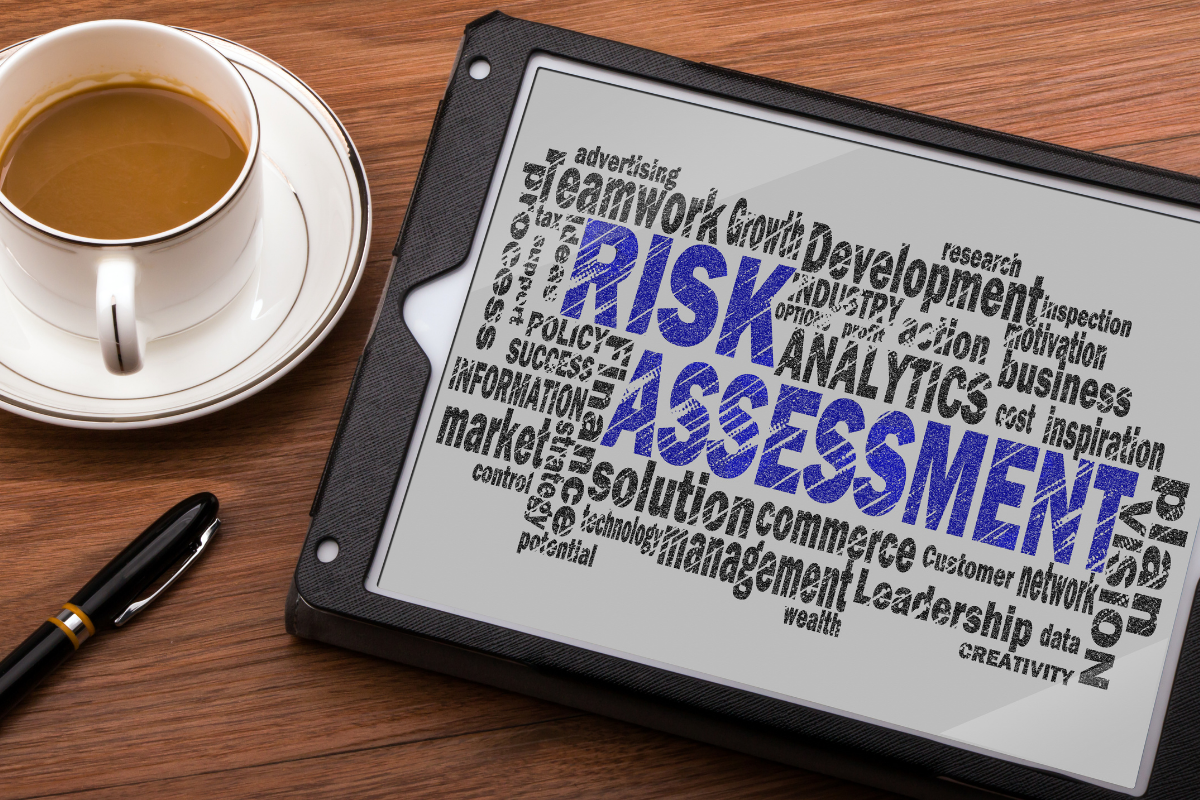While a risk register is a common feature in most organisations these days, there can be a vast difference in the value it brings. As a basic risk management tool it allows you to identify potential risks and track them for compliance. But it can be so much more.
Riskology
Recent Posts
3 Steps to Creating a Risk Register that Brings Real Value to Your Organisation
There’s no doubt that managing occupational health and safety (OHS) is challenging in any workplace—but the aged care sector presents a series of unique circumstances that require prompt and effective management for compliance.
3 Questions Every Health & Safety Manager Should Ask To Control Risks
In the workplace, organisations are required to manage hazards and risks by putting the appropriate control measures in place. Legally, under WHS Regulations, "risks must be controlled by eliminating them so far as reasonably practicable, or if this is not possible, reducing the risks that remain so far as reasonably practicable" (Source: WorkSafe Australia). This means that health and safety managers, or anyone who is responsible for making sure a business is in compliance with these regulations, must determine what is reasonably practicable to protect people from harm.
These days, undertaking a risk assessment is essential for every organisation. In a nutshell, risk assessment requires you to think about potential events that could affect your business, the consequences that could follow, and identify measures that will help you avoid or minimise any adverse impacts. While this seems simple enough, without the right knowledge and systems in place, your risk assessment may not be effective – which means your business is vulnerable.
So, to help you avoid this scenario, in this article we are sharing the 3 common mistakes we see organisations make when planning and implementing risk assessment strategies – and our top tips to help you avoid them.
3 Risk Reports for Australian Companies to Recover from a Pandemic
Reporting should be incidental to any risk management process. As the last two years have been quite the rollercoaster ride, it’s time to review your risk reports to ensure that your organisation is seeing its latest state of risk, including ‘emerging risks’ and gaps in control measures, in order to be more effective looking ahead.
Subscribe
Categories
- Risk Management (23)
- Enterprise Risk Management (18)
- Health & Safety (15)
- Business Continuity (14)
- Media Release (7)
- RiskWare (7)
- Compliance (6)
- Environmental Risk (4)
- Incident Management (3)
- Events (2)
- Artificial Intelligence (1)
- Case Studies (1)
- Corporate Governance (1)
- Government (1)
- Social Movement (1)















Leave a comment